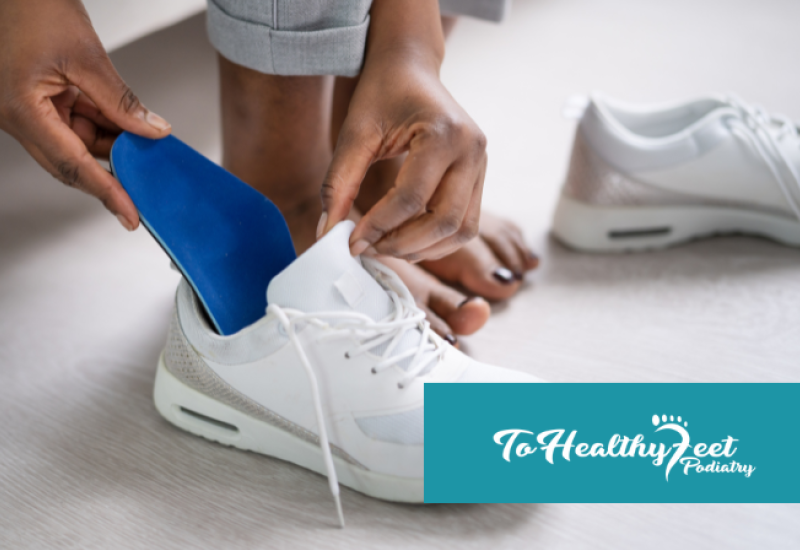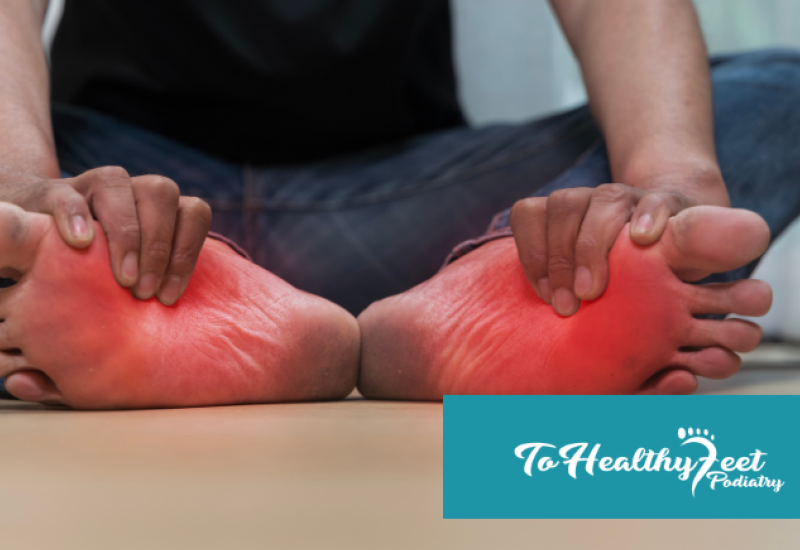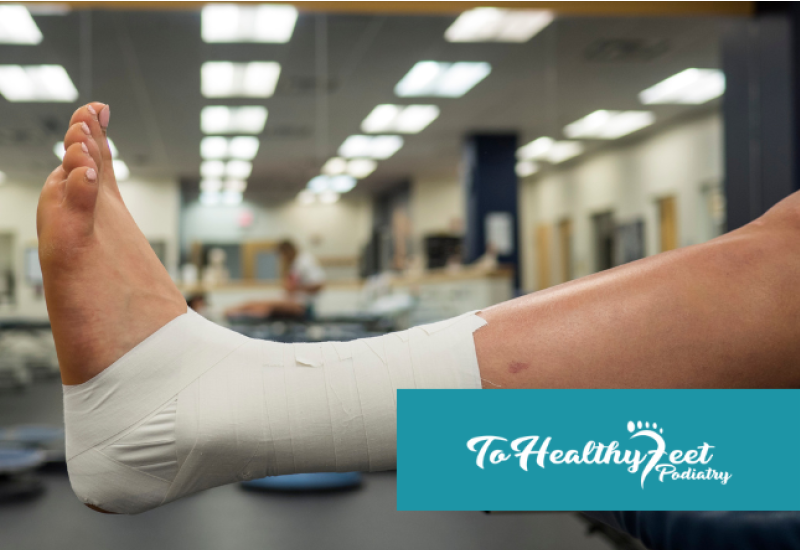Morton's Neuroma is a condition that affects the nerves between the toes, causing symptoms such as sharp, burning pain in the ball of the foot, and numbness or tingling in the affected toes. This pain often feels like a pebble stuck under the foot and may radiate to the toes, particularly during activities that put weight on the foot like running or walking. Some individuals may experience a sensation of something inside the ball of the foot or between the toes. However, there are usually no outward signs of the condition, such as a lump. Night pain associated with Morton's Neuroma is rare.
Recognizing the Symptoms of Morton's Neuroma
The primary symptom of Morton's Neuroma is a persistent burning or sharp pain in the ball of the foot. This pain, which can be intense, is often aggravated by weight-bearing activities, such as running or walking, and relieved by rest. The pain can also spread out into the toes, creating a feeling of numbness, tingling, or burning. A common description of this pain is the feeling of a pebble or lump stuck under the foot or between the toes. It is important to note that the severity of symptoms can vary greatly from person to person, and some individuals with Morton's Neuroma may not experience any symptoms at all.
Understanding Morton's Neuroma
Morton's Neuroma involves a thickening of the tissue around one of the nerves leading to your toes7. This thickened tissue compresses the nerve, resulting in inflammation and irritation that cause the characteristic symptoms of Morton's Neuroma. The condition typically affects the nerves between the third and fourth toes, but can occur between any toes. The exact cause of Morton's Neuroma is still somewhat unclear, but it may be linked to certain risk factors, such as wearing high heels or tight shoes, having certain foot shapes (like flat feet or high arches), or engaging in high-impact activities that put a lot of pressure on the forefoot.
Treating Morton's Neuroma with Cryoneuroablation
Cryoneuroablation, also known as cryotherapy, is a minimally invasive procedure that uses extreme cold to freeze and destroy abnormal tissue. For Morton's Neuroma, the procedure targets the thickened nerve tissue, reducing inflammation and relieving pain. Cryoneuroablation is typically performed under local anesthesia, and most patients can resume normal activities shortly after the procedure. Studies have shown that cryoneuroablation can be an effective treatment for Morton's Neuroma, providing significant pain relief for many patients.
Morton's Neuroma is a painful condition that can significantly impact a person's quality of life. However, with the right diagnosis and treatment, such as cryoneuroablation, individuals with this condition can achieve substantial pain relief and return to their normal activities. If you're experiencing persistent foot pain, consult with a healthcare provider to explore the best treatment options for you.
Written on behalf of To Healthy Feet Podiatry.




